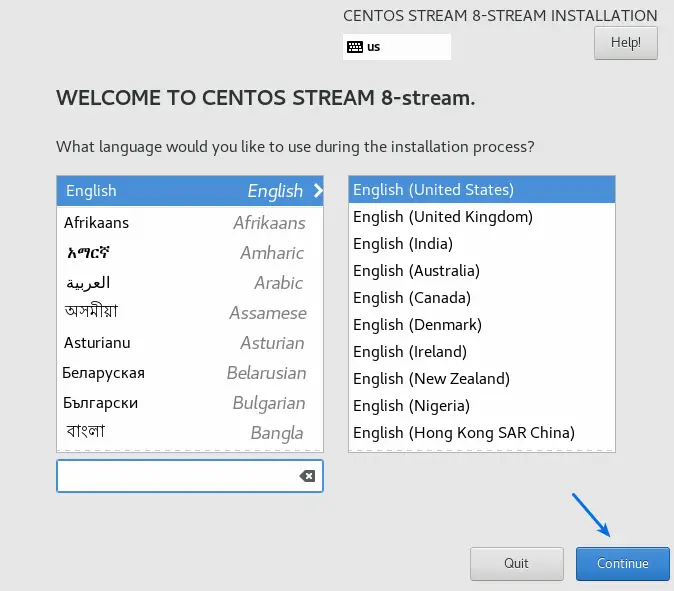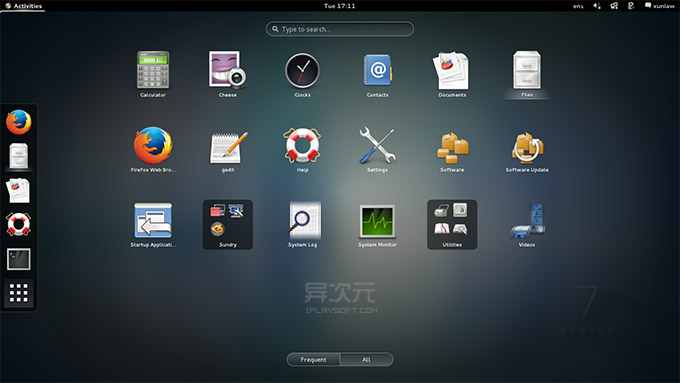

Than an increasing amount of random SBC flows to support, and lets us more or UEFI is kind of awful, but it does impose some order on the boot flow rather remove the sd card and plug in the RPi4.Copy the unzipped files into your partition sudo cp -rp RPi4_UEFI_Firmware_vX.YZ/* /mnt.
 Download RPi4_UEFI_Firmware_vX.YZ.zip and unzip it. Browse here to see the newest available UEFI firmware. mkfs.vfat /dev/sda1 to format our new partition. partprobe to make sure we re-read the new partition table. delete any existing partitions (d 1, d 2) etc. p to double-check you are looking at the expected device. insert the sd card intended for the install in your development box. The situation (once we tell it at install time later) and it will all fly well. There, and later tell CentOS it can have the rest of the SD card. So we need to own the first partition and put RPi-aware UEFI pieces in The issue is that the bootįlow special requirements for rpi4 bootloads is not handled by CentOS out of theīox. We have to go a little “off-piste”, but not much. SD Card Boot (assuming that’s your usual boot pattern)īoot the Rpi4 one time using this card, it will flash the EEPROM to the latestīootloader. insert a sacrifical SD card in your development machine. Having to repeat all this and just boot the Rpi with it one time to update the More, you probably want to dedicate an SD card for this so you can later avoid It automates getting the latestīootloader and creates a bootable SD image that flashes your rpi4 with it.Ī sacrificial SD card is needed, if you only have one RPi4 to do, it can be the This is actually available as a distro package. Use the latest eeprom bootloader on the rpi4 It’s 6.5GiB so best to get that started first.
Download RPi4_UEFI_Firmware_vX.YZ.zip and unzip it. Browse here to see the newest available UEFI firmware. mkfs.vfat /dev/sda1 to format our new partition. partprobe to make sure we re-read the new partition table. delete any existing partitions (d 1, d 2) etc. p to double-check you are looking at the expected device. insert the sd card intended for the install in your development box. The situation (once we tell it at install time later) and it will all fly well. There, and later tell CentOS it can have the rest of the SD card. So we need to own the first partition and put RPi-aware UEFI pieces in The issue is that the bootįlow special requirements for rpi4 bootloads is not handled by CentOS out of theīox. We have to go a little “off-piste”, but not much. SD Card Boot (assuming that’s your usual boot pattern)īoot the Rpi4 one time using this card, it will flash the EEPROM to the latestīootloader. insert a sacrifical SD card in your development machine. Having to repeat all this and just boot the Rpi with it one time to update the More, you probably want to dedicate an SD card for this so you can later avoid It automates getting the latestīootloader and creates a bootable SD image that flashes your rpi4 with it.Ī sacrificial SD card is needed, if you only have one RPi4 to do, it can be the This is actually available as a distro package. Use the latest eeprom bootloader on the rpi4 It’s 6.5GiB so best to get that started first. 
Start the CentOS 9 Stream ISO download going I didn’t find any articles about it yet, so here is the necessary flow. With a bit of fiddling, it can be made to work Steps to use distro Centos 9 Stream on RPI4ĬentOS 9 stream is out, with native aarch64 ISO, but it doesn’t directly support







 0 kommentar(er)
0 kommentar(er)
